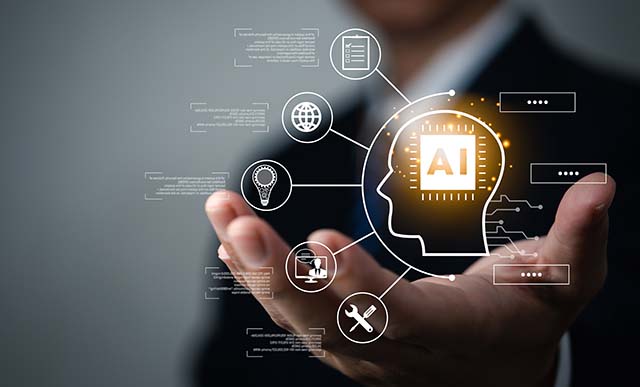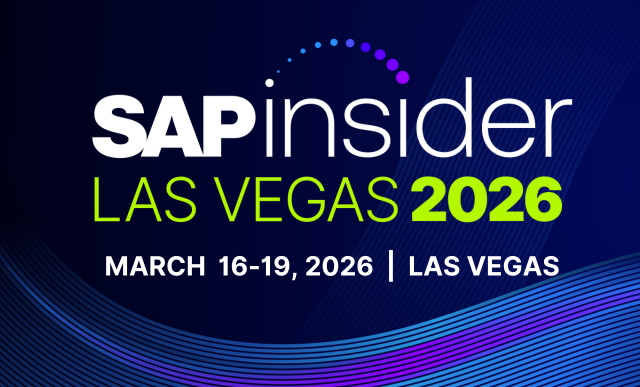SAP Customers Turn to Baer Group’s Four-Step Approach for Tangible ROI in AI
Meet the Authors
Key Takeaways
SAP customers are progressing from AI experimentation to targeted deployments aimed at achieving measurable ROI through a structured four-step framework, focusing on predictive analytics, intelligent process automation, and supply chain optimization.
A four-step process to AI integration in SAP involves strategic alignment around pain points, assessing data readiness, selecting appropriate AI tools, and executing small-scale pilots with clear success metrics to fine-tune solutions before broader implementation.
To remain competitive, SAP professionals must expand their skill sets to include data science and AI governance, collaborate closely with business units, and prioritize AI tools that integrate seamlessly with existing SAP environments to maximize operational efficiency.
SAP customers are progressively advancing from AI experimentation to targeted deployments in areas where tangible returns can be measured within existing SAP environments. According to James Weller, Vice President and Capability Lead at Baer Group, companies are concentrating on initiatives that aim to deliver clear ROI and are increasingly adopting a four-step framework for achieving those returns.
Weller identifies the following use cases as front-of-mind among SAP customers:
- Predictive Analytics for Demand, Maintenance & Finance
- Intelligent Process Automation
- AI-Enhanced Supply Chain Optimization
- Chatbots and Digital Assistants
- Spend Intelligence & Procurement AI
- AI in HR (SuccessFactors)
A Four-Step Process to AI in SAP Landscapes
According to Baer Group, the four-step approach gaining popularity among SAP customers begins with strategic alignment. It focuses on identifying pain points where AI can deliver clear value within existing SAP systems. This step also involves engaging leaders from finance, supply chain, HR, and procurement to prioritize high-impact, repetitive, or predictive tasks, using SAP’s industry-specific AI use cases as benchmarks to identify the most promising opportunities.
Explore related questions
Data and process readiness is the essential second phase, where organizations must evaluate data quality and accessibility throughout their SAP landscape. This involves examining integration needs with external systems and pinpointing necessary data layer improvements via SAP Business Technology Platform (BTP), SAP Datasphere, OData, or API connections. A readiness audit often highlights the need to standardize data structures, clean legacy data, and enable near-real-time data access to support AI models.
The third phase involves selecting appropriate AI tools and platforms. Organizations choose between SAP’s built-in AI features like Joule, Document Information Extraction (a service within SAP AI Business Services), and SAP Predictive Material and Resource Planning (pMRP), or develop custom solutions using SAP AI Core for SAP S/4HANA customers. For those still operating SAP ECC systems, SAP BTP provides a way to host models and incorporate AI into existing workflows, often connecting to third-party LLMs through Azure, AWS, or Hugging Face. The choice should depend on both technical compatibility with current SAP versions and the governance features needed to manage the AI lifecycle in production.
The final phase concentrates on small-scale pilots with clear success metrics, typically beginning with one to five high-impact use cases. These pilots are tied to specific SAP workflows, such as exception handling in procurement or AI-driven invoice routing in SAP Ariba. Success is measured using key performance indicators like cycle time reduction, improved accuracy, or cost savings. The results are used to refine both the model and the deployment process before expanding further.
What This Means for SAPinsiders
Get ready to make AI integration a key part of operations. SAP professionals will need to broaden their skills beyond traditional system management and functional consulting to include data science, machine learning operations (MLOps), and AI governance. Teams must become skilled in deploying, monitoring, and fine-tuning AI models within SAP environments to ensure these solutions provide ongoing value. This change will also require closer teamwork between IT and business units to align AI results with strategic goals.
Accelerate adoption to stay competitive in a rapidly evolving market. Organizations that delay risk falling behind as enterprise AI moves beyond basic chatbots to advanced process automation and predictive analytics. SAP’s embedded tools, including Joule and AI Core, provide native integration advantages over many third-party options, but realizing these benefits requires clear implementation plans and cross-functional teamwork. According to Baer Group, early adopters of AI in SAP landscapes are already seeing measurable improvements in operational efficiency and decision-making speed, setting a higher performance standard for the rest of the market.
Prioritize AI solutions that seamlessly integrate with your SAP environment. When evaluating third-party tools, focus on those specifically built to work with SAP’s data models, integration frameworks, and security standards. Evaluate vendors based on their proven experience in enterprise-level deployments, compliance adherence, and measurable success in similar industries. Consider the total cost of ownership to ensure a sustainable ROI. A strong match between selected tools and your existing SAP architecture can greatly reduce implementation time and integration risks.









